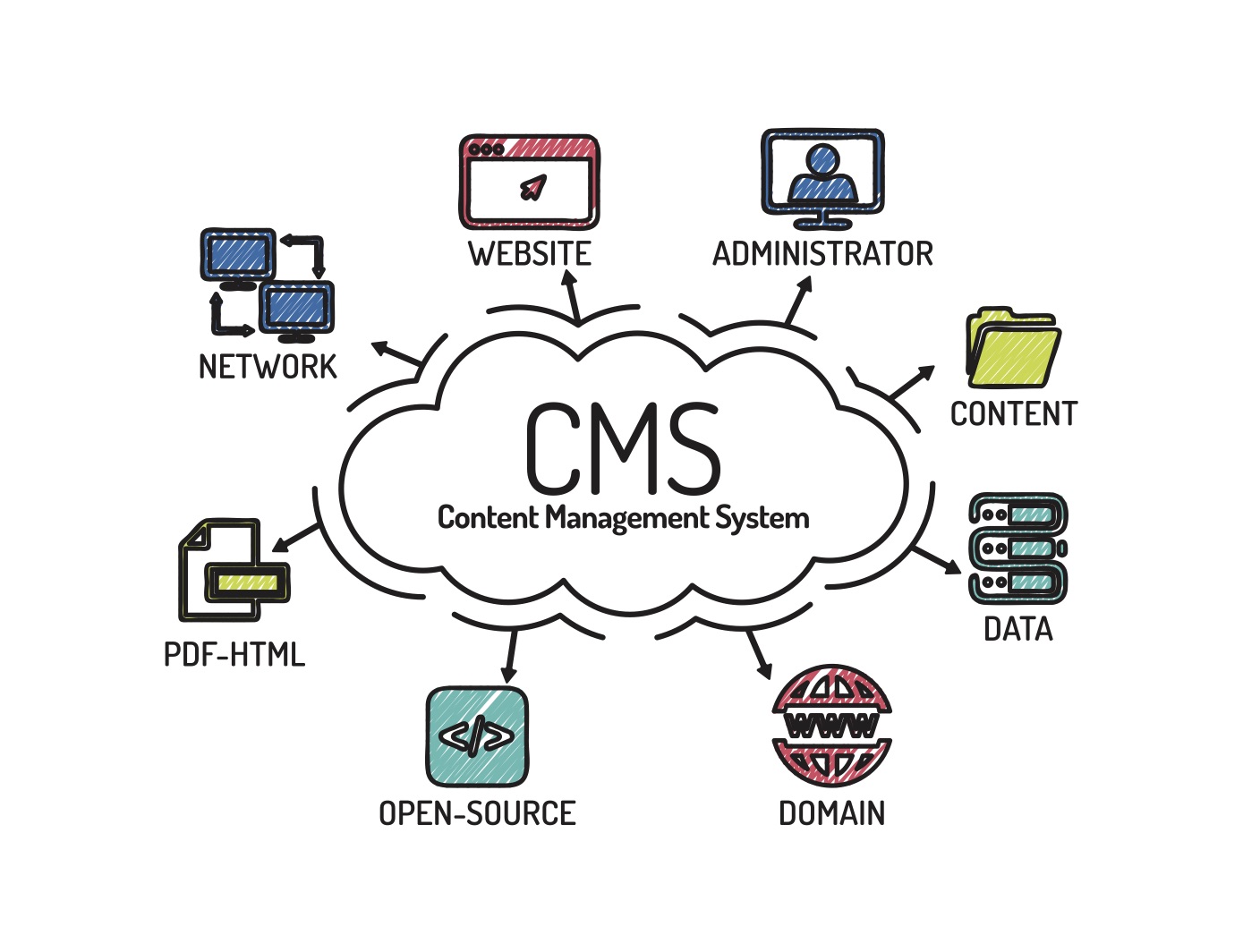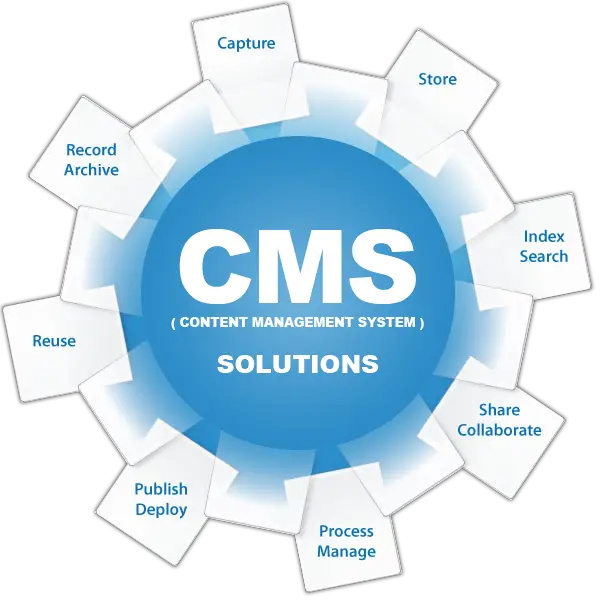The Intersection of CDN and CMS

Introduction:
Content Delivery Networks (CDNs) and Content Management Systems (CMSs) are two essential technologies that play a crucial role in delivering a seamless digital user experience. By integrating these technologies, businesses can optimize content delivery, improve website performance, and enhance overall user engagement.
CDN Integration with CMS:
CDNs are geographically distributed networks of servers that cache and deliver content closer to users. Integrating a CDN with a CMS allows for more efficient content retrieval and reduced latency. Here’s how:
- Caching: CDNs cache frequently requested content, such as images, videos, and CSS files, at their edge servers. This eliminates the need for users to fetch content from the origin server, resulting in faster loading times.
- Geo-Distribution: CDNs have servers in multiple locations worldwide. By storing content on servers closer to users, it reduces network congestion and minimizes the time it takes for content to reach devices.
- Load Balancing: CDNs distribute traffic across multiple servers, ensuring that no single server becomes overloaded. This improves the stability and responsiveness of websites.
Benefits of CDN Integration with CMS:

- Improved Website Performance: Faster loading speeds and reduced latency enhance user experience and increase engagement.
- Increased Scalability: CDNs provide scalability by handling large traffic spikes without compromising performance.
- Enhanced Security: CDNs offer DDoS mitigation and web application firewall (WAF) capabilities, protecting websites from malicious attacks.
- Optimized Content Delivery: CDNs optimize content delivery based on user location and device type, ensuring the best possible experience for all users.
CMS Functionality in CDN Management:
In addition to content delivery, CDNs can also provide functionality that complements CMS capabilities. For example:
- Media Optimization: CDNs can transcode and optimize media files for different devices and platforms.
- Image Resizing: CDNs can automatically resize images to fit different screen sizes and device resolutions.
- Security Headers: CDNs can add security headers to protect websites from various vulnerabilities.
- Analytics and Reporting: CDNs provide analytics and reporting tools to monitor CDN performance and usage patterns.
Conclusion:
The integration of CDNs and CMSs is essential for delivering a high-quality digital user experience. By leveraging the combined capabilities of these technologies, businesses can optimize content delivery, improve website performance, and enhance user engagement. As the demand for fast and reliable content delivery continues to grow, the intersection of CDNs and CMSs will become increasingly critical for the success of websites and online applications.## The Intersection Of CDN And Content Management Systems (CMS)
Executive Summary

Content Delivery Networks (CDNs) and Content Management Systems (CMSs) are two essential technologies for delivering content to website visitors. CDNs improve website performance by caching content on servers located close to users, while CMSs make it easy to create, manage, and publish content. When used together, CDNs and CMSs can provide a seamless and efficient content delivery experience for website visitors.
Introduction
In today’s fast-paced digital world, website speed and performance are more important than ever. Visitors expect websites to load quickly and seamlessly, and they will quickly abandon sites that are slow or difficult to use. Content Delivery Networks (CDNs) and Content Management Systems (CMSs) are two essential technologies that can help website owners improve website speed and performance.
FAQs
Q1: What is a CDN?
A1: A CDN is a network of servers located in different geographic locations around the world. When a user accesses a website that uses a CDN, the content is delivered from the server that is closest to the user’s location. This can significantly reduce latency and improve website performance.
Q2: What is a CMS?
A2: A CMS is a software application that makes it easy to create, manage, and publish content on a website. CMSs typically provide a user-friendly interface that allows users to create and edit content without having to write code.
Q3: How can I use a CDN with my CMS?
A3: Most CMSs provide integration with popular CDNs. This makes it easy to configure your CMS to use a CDN to deliver your website’s content.
Subtopics
1. CDN Performance
CDN performance is measured by a number of factors, including:
- Latency: The time it takes for a request to be sent from a user’s browser to a CDN server and for the response to be returned.
- Throughput: The amount of data that can be transferred between a CDN server and a user’s browser in a given period of time.
- Reliability: The percentage of requests that are successfully delivered by the CDN.
2. CMS Features
CMSs offer a variety of features that can help website owners create and manage their content, including:
- Content editing: CMSs provide a user-friendly interface that allows users to create and edit content without having to write code.
- Collaboration tools: CMSs often include collaboration tools that allow multiple users to work on the same content simultaneously.
- Version control: CMSs typically include version control features that allow users to track changes to content over time.
3. CDN and CMS Integration
Integrating a CDN with a CMS can provide a number of benefits, including:
- Improved website performance: CDNs can significantly improve website performance by caching content on servers located close to users.
- Reduced bandwidth costs: CDNs can reduce bandwidth costs by delivering content from servers that are closer to users.
- Improved security: CDNs can help to improve website security by protecting against DDoS attacks and other malicious traffic.
4. CDN Pricing
CDN pricing varies depending on a number of factors, including:
- Bandwidth usage: The amount of data that is transferred between CDN servers and users.
- Number of servers: The number of CDN servers that are used to deliver content.
- Geographic location: The location of the CDN servers.
5. Choosing a CDN
When choosing a CDN, it is important to consider the following factors:
- Performance: The CDN’s performance should be evaluated based on latency, throughput, and reliability.
- Features: The CDN should offer the features that are needed to meet the specific requirements of the website.
- Price: The CDN’s pricing should be competitive with other CDN providers.
Conclusion
Content Delivery Networks (CDNs) and Content Management Systems (CMSs) are two essential technologies for delivering content to website visitors. When used together, CDNs and CMSs can provide a seamless and efficient content delivery experience for website visitors. By understanding the benefits of CDNs and CMSs, and by choosing the right CDN for the website, website owners can improve website speed and performance, reduce bandwidth costs, and improve website security.
Keyword Tags
- CDN
- CMS
- Website performance
- Content delivery
- Content management
